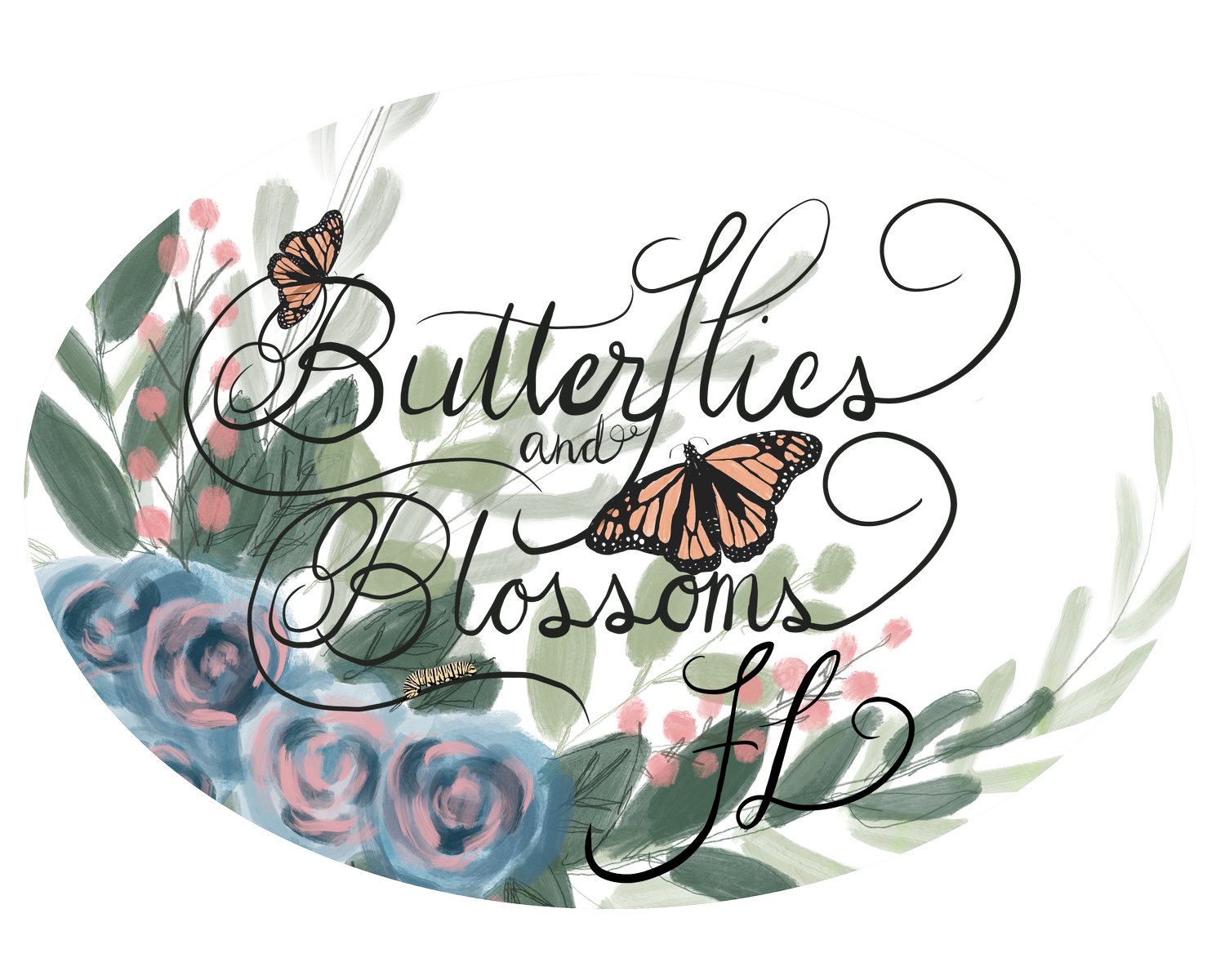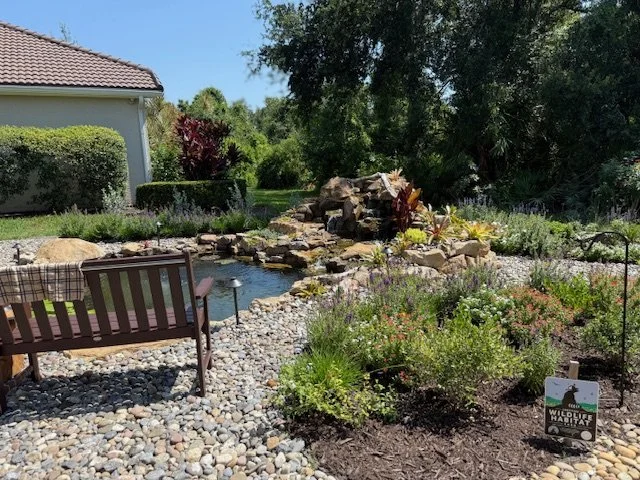Diary of a Gardener - Recreating Habitat in HOA Communities: Working With the Rules
There’s been a lot of conversation lately about overdevelopment in Florida—and really, across the U.S. While housing is necessary, it often comes with serious consequences: a lack of infrastructure and a tremendous loss of native habitat.
I’m not here to debate whether development is good or bad—that train has already left the station. What I am here to do is encourage you to take action. We can’t stop growth, but we can recreate habitats for our native flora and fauna, right in our own neighborhoods. Complaining won’t change much—planting will.
Why Trees and Plants Matter in New Developments
You’ve probably heard the quote: “The best time to plant a tree was 20 years ago. The second-best time is now.” That couldn’t be more true in newly built HOA communities.
Most developers clear-cut before building, removing nearly every tree and plant. Unless your property backs up to a natural preserve (and many don’t), you’re left with houses, sidewalks, and sod. This creates urban heat islands—hotter, harsher environments where shade is minimal.
The #1 way to cool these spaces and restore balance? Plant more trees and plants.
Understanding HOA Landscape Rules
HOAs often get a bad reputation for being too strict. And yes, they have rules—sometimes frustrating ones. But in my experience, most boards are more cooperative than people expect, as long as you stay within the parameters.
Typical HOA landscape rules might include:
Requiring 2–3 hardwood trees
Requiring a percentage of sod (though many allow expanded or reshaped beds)
Restricting invasive plants (interpretation varies)
Limiting high-maintenance plants the landscape crew won’t service
Sticking to an approved plant palette (not always enforced strictly)
No fruit trees
No front-yard wildflower meadows
Keeping landscapes tidy and uncluttered
The soil in new developments also poses a challenge—it’s often low-quality fill dirt without nutrition. Rebuilding soil health is critical to long-term success.
Working With, Not Against, Your HOA
The good news? You can plant Florida-Friendly plants. State law protects your right to do so, though you still need to request approval and follow guidelines.
From my own experience designing for HOA homeowners:
Submitting a clear plan (even a hand sketch with labeled plants) usually goes a long way.
Boards are far more open when they see organization and compliance.
I’ve yet to face pushback when submitting thoughtful, Florida-friendly designs.
Take Action Instead of Complaining
Complaints won’t create habitat—plants will. If you want real change in your neighborhood:
Get involved in your HOA board.
Invite local landscapers or UF/IFAS Extension agents to present about Florida-Friendly Landscaping™.
Lead with education—it’s the most powerful tool for shifting perspectives.
HOAs aren’t all the same. Some are stricter, some are more flexible, but in my experience, most are more lenient than people assume.
So before throwing your hands up, ask questions, submit a plan, and take small steps to bring nature back into your community.
Not sure where to start? Book a consult—I’ll help you design a Florida-friendly landscape that works with your HOA and supports the local ecosystem.
And remember: Always Keep Growing. 🌿

